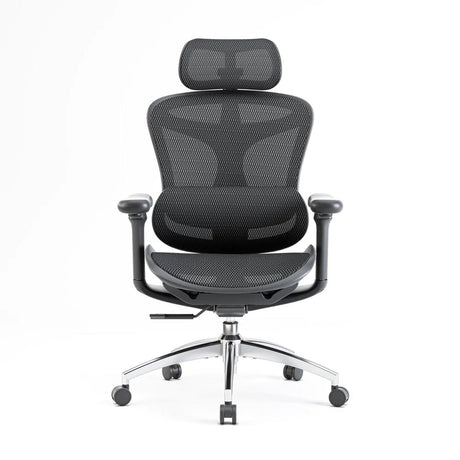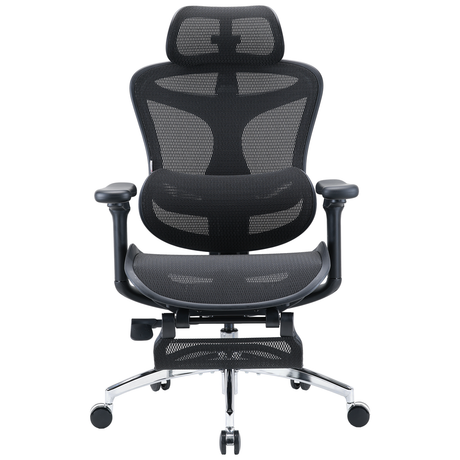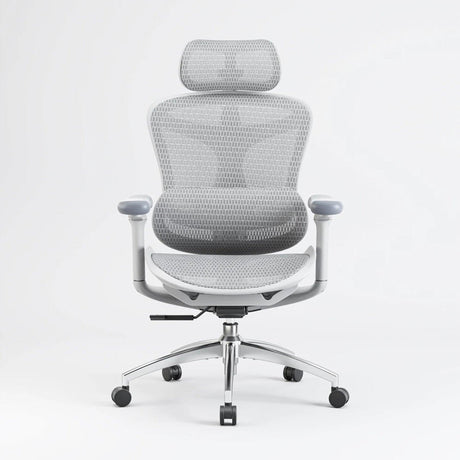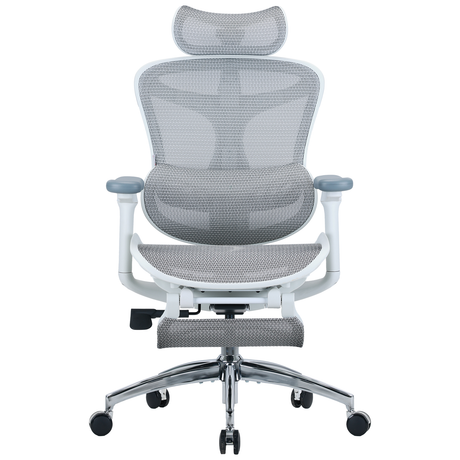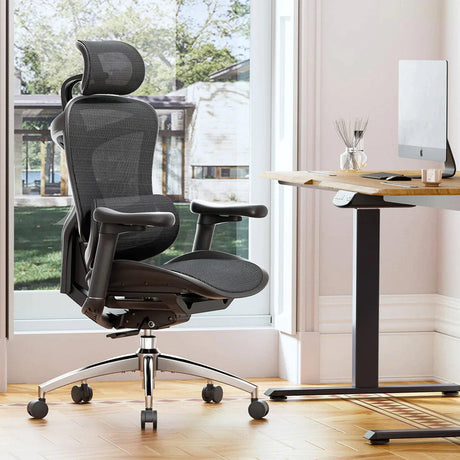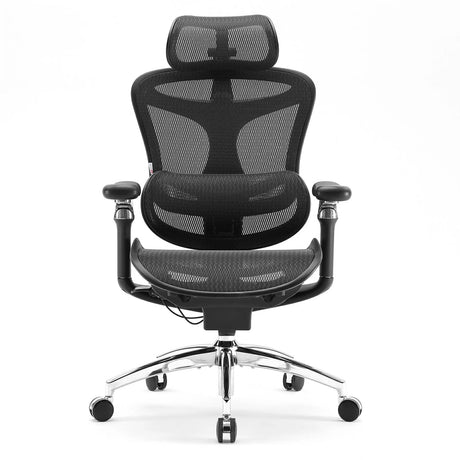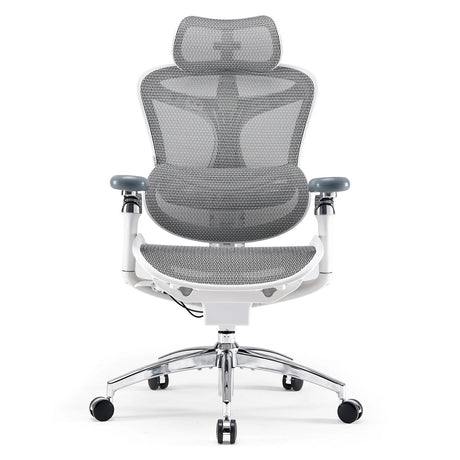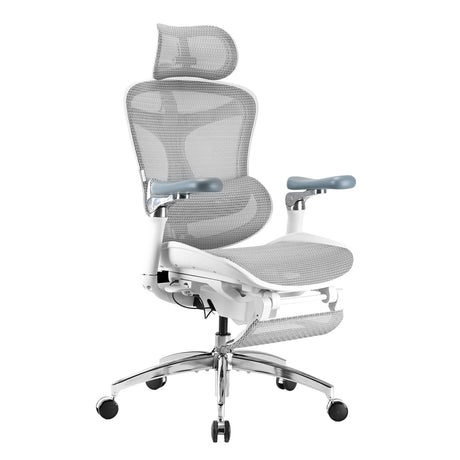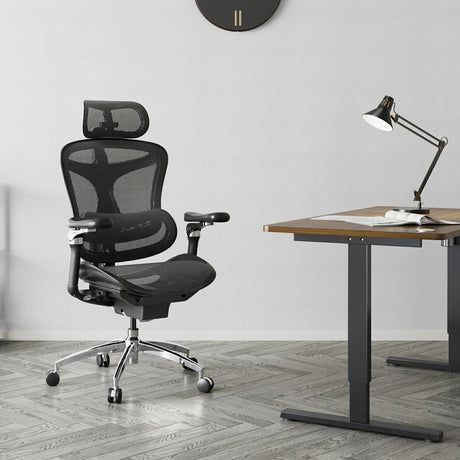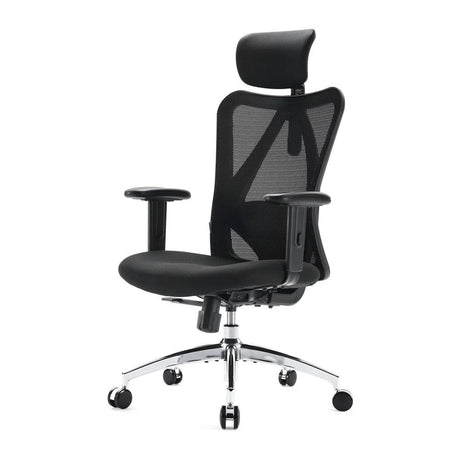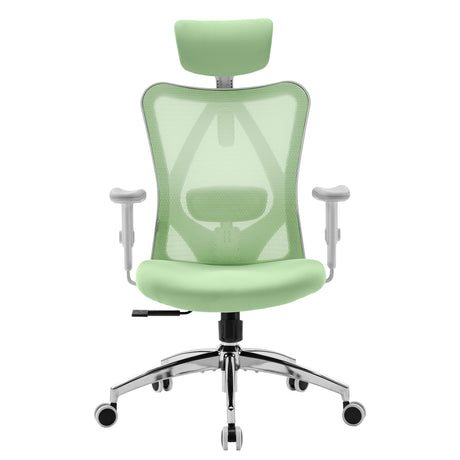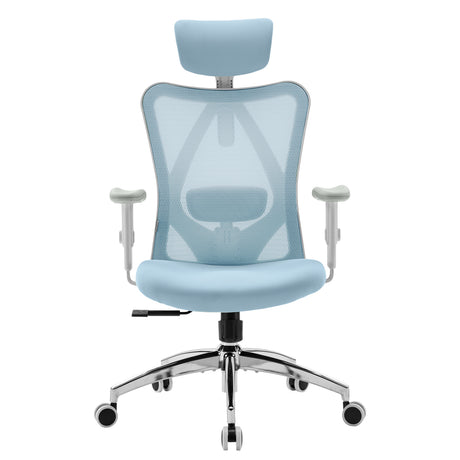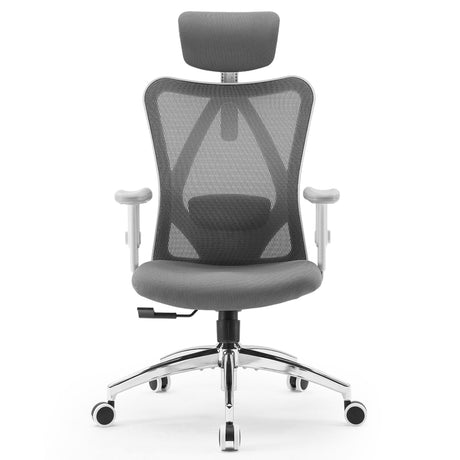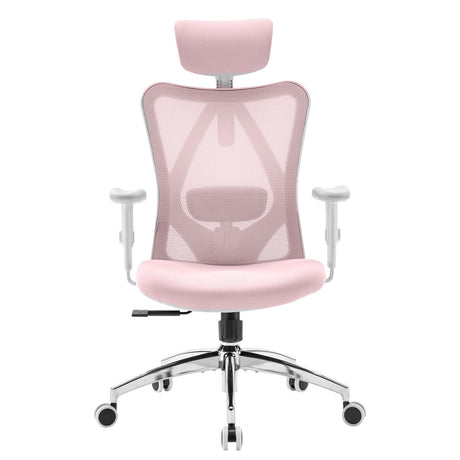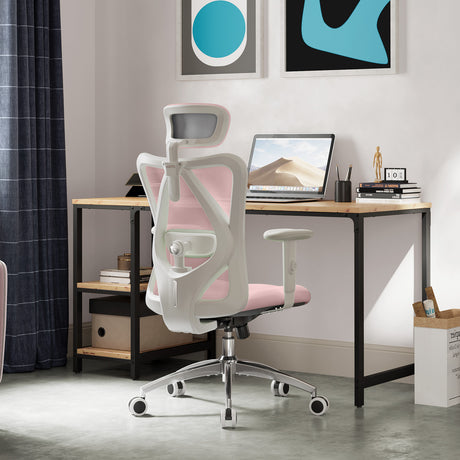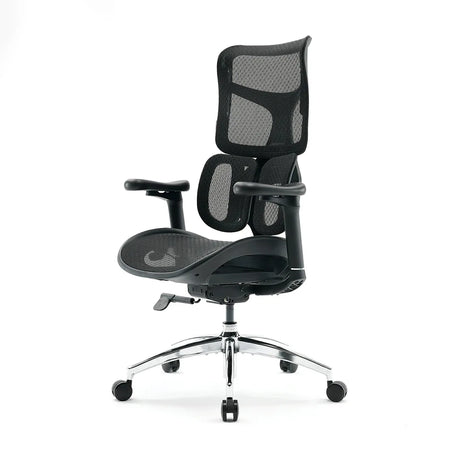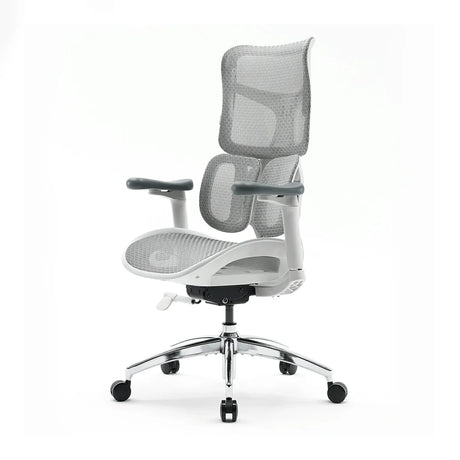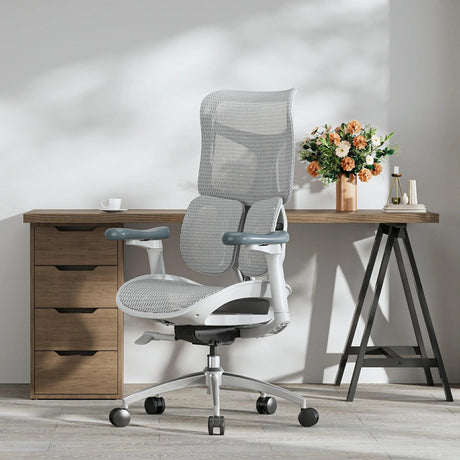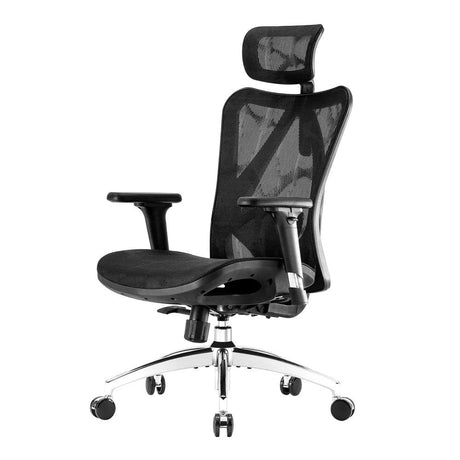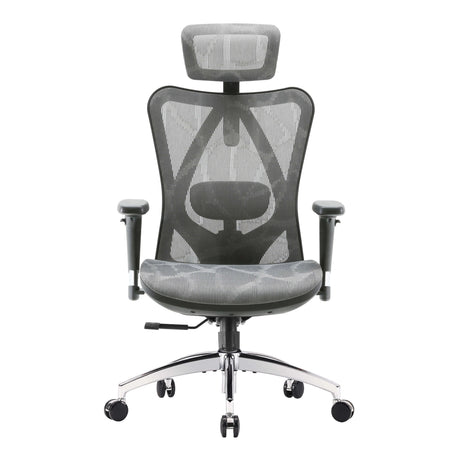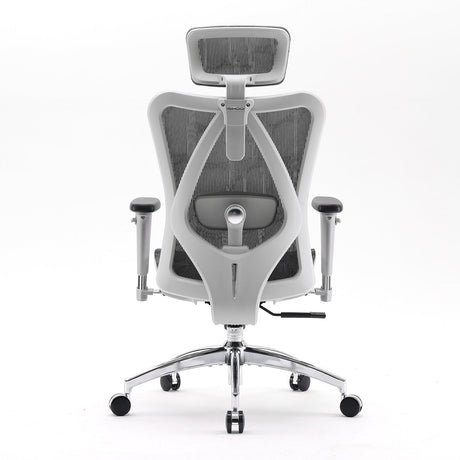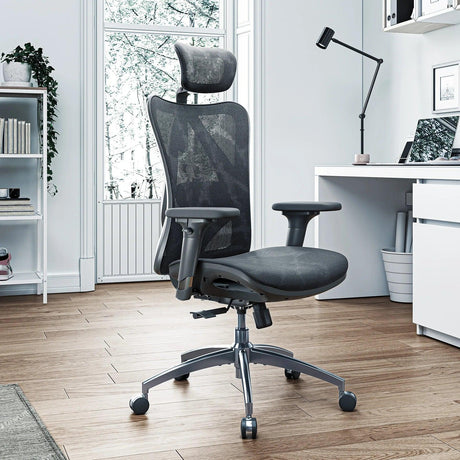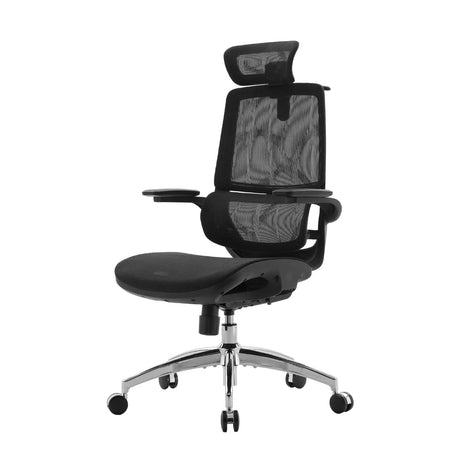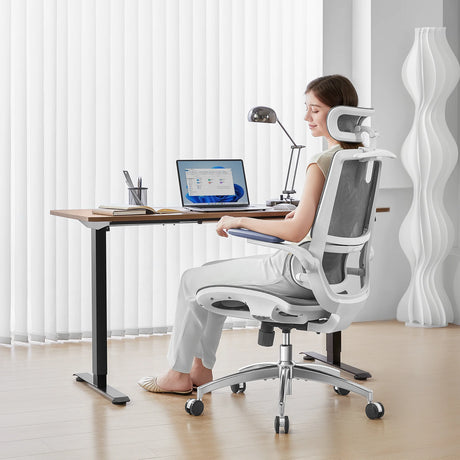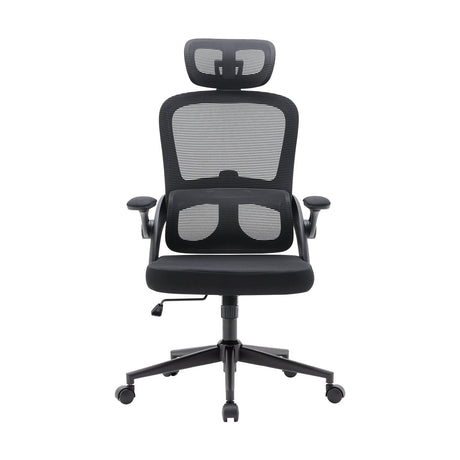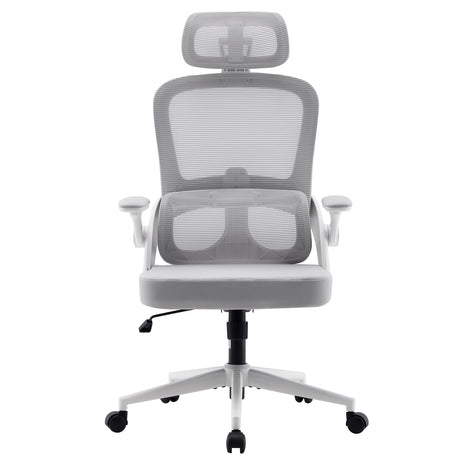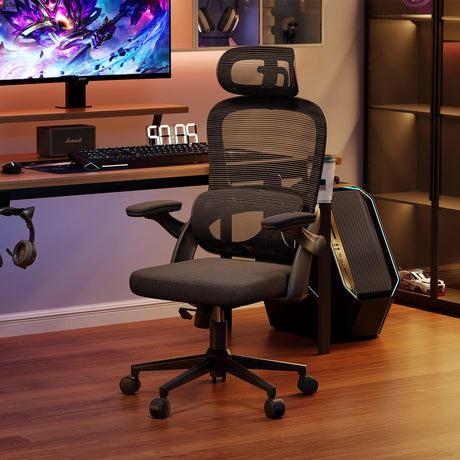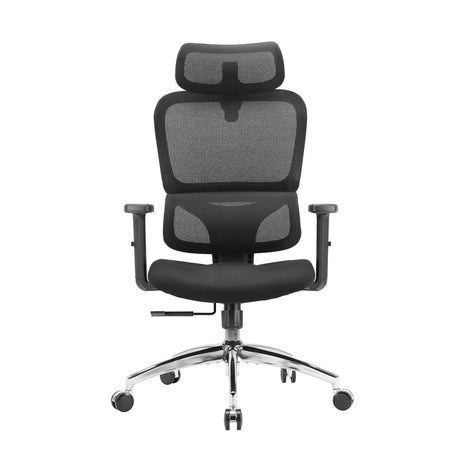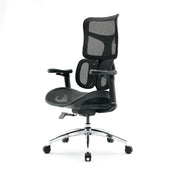Lower back pain is one of the most common health complaints worldwide, affecting people across all ages and professions. Whether it strikes suddenly after a long workday or gradually becomes part of daily life, one question almost everyone asks is: “Should I sit down if my lower back hurts?”
It sounds like a simple question, but the answer is far more nuanced. Sitting can either relieve back pain or make it significantly worse—depending on how you sit, how long you sit, your underlying condition, and what posture or movement patterns you adopt throughout the day.
This comprehensive guide explores the science behind sitting with lower back pain, the conditions that benefit from sitting versus standing or moving, how to sit properly to protect your spine, and practical strategies that doctors, physiotherapists, and ergonomics experts recommend.
By the end, you’ll understand:
- Whether sitting is safe when your lower back hurts
- When to avoid sitting
- How to sit properly to avoid worsening pain
- Which movements and habits reduce pressure on the lumbar spine
- What type of chair can help
- Which red flags indicate you should seek medical attention
Let’s break it all down step by step.
1. Why Lower Back Pain Happens—and Why Sitting Plays a Big Role
To understand whether you should sit with back pain, it helps to know what’s going on inside your lower spine. The lumbar region carries most of your body weight and absorbs shock every time you move. Your discs, joints, muscles, nerves, and ligaments all contribute to stability—but they’re also vulnerable.
The most common causes of lower back pain include:
- Lumbar muscle strain or spasm
- Disc pressure or herniation
- Prolonged sitting or poor sitting posture
- Joint degeneration (facet joints or osteoarthritis)
- Sciatica or nerve compression
- Weak core and gluteal muscles
- Sedentary lifestyle
- Poor chair support
- Inflammation or stiffness from overuse
- Sacroiliac joint dysfunction
A major factor in many of these conditions is sustained sitting—especially when done poorly or for long periods.
What sitting does to your lower spine
When you sit:
- Lumbar discs experience up to 40% more pressure than standing
- Hip flexors shorten, pulling your pelvis into a forward tilt
- Core and gluteal muscles switch off
- The spine tends to round, flattening its natural curve
- Blood circulation decreases
- The lower back becomes stiff and inflamed
This doesn’t mean sitting is “bad.” It means sitting incorrectly or for too long is harmful, especially when your back is already sensitive.
The key is not to avoid sitting altogether—but to know when to sit, how to sit, and how long to sit.
2. Should You Sit If Your Lower Back Hurts? The Short Answer
Yes—sitting is fine if it relieves your pain, but it should not be your only posture.
For some people, sitting reduces pressure on inflamed tissues. For others, it increases pain by compressing nerves or discs.
So the real question becomes:
Does sitting make your symptoms better, worse, or no different?
This depends on the underlying cause of your back pain. Below is a condition-by-condition breakdown.
3. When Sitting Can Help Lower Back Pain
Certain types of back pain actually improve when you sit, because sitting unloads or opens space in the lumbar spine.
A. Spinal Stenosis
People with spinal stenosis often experience relief when sitting because the posture slightly flexes the spine and opens the nerve spaces.
Signs sitting will help:
- Pain worsens when walking or standing
- Relief when leaning forward
- Feeling better sitting in a slightly flexed or reclined position
These individuals should sit when pain begins—but avoid prolonged static sitting.
B. Muscle Strain or Fatigue
If your back muscles are overworked or in spasm, sitting—especially in a supported position—can help muscles relax.
Sitting can:
- Reduce load on fatigued muscles
- Allow spasms to ease
- Reduce inflammation from overuse
But again, frequent posture changes are essential.
C. Acute Back Pain from Overexertion
If you “tweaked” your back from lifting or twisting, brief seated rest can reduce discomfort.
What physiotherapists often recommend:
- Sit for short intervals
- Use lumbar support
- Alternate between sitting, standing, and walking
Prolonged bed rest or sitting, however, can delay recovery.
4. When Sitting Can Make Lower Back Pain Worse
For many people, sitting is the primary trigger of back pain.
A. Herniated or Bulging Discs
Sitting increases disc pressure dramatically.
This can:
- Aggravate bulges
- Irritate nerve roots
- Increase pain down the leg (sciatica)
Signs sitting is worsening your condition:
- Pain increases after sitting more than 10–15 minutes
- Tingling or numbness in the legs
- Difficulty standing up straight after sitting
If this sounds familiar, lying down briefly or walking often feels better than sitting.
B. Sciatica
Sciatica often worsens with sitting because hip flexors tighten and lumbar discs compress, irritating the sciatic nerve.
You may notice pain when:
- Sitting on soft couches
- Sitting cross-legged
- Sitting on hard chairs
- Sitting in a car for long periods
If sitting aggravates your symptoms, limit static sitting and use ergonomic adjustments.
C. Poor Posture and Weak Core Muscles
If your posture collapses easily or you have weak back and core muscles, sitting without support will fatigue the spine and increase discomfort.
This type of pain often feels like:
- A dull ache
- Stiffness after sitting
- Heaviness in the lower back
- Discomfort that improves after standing or stretching
D. Sedentary Lifestyle Pain
Many people experience lower back pain simply because their daily life involves too much sitting.
Signs include:
- Back pain after long meetings
- Discomfort after working at a computer
- Pain that improves after exercise or movement
For this group, reducing sitting time—not eliminating sitting—is key to long-term relief.
5. How Long Should You Sit When You Have Lower Back Pain?
There is no universal rule, but experts recommend a simple guideline:
No sitting position is safe for too long—change positions every 20–30 minutes.
Whether you sit, stand, or lie down, your spine needs movement. Staying in one position compresses tissues and reduces blood flow.
If you must sit:
- Sit for 20–30 minutes
- Stand up and stretch for 1–2 minutes
- Walk briefly
- Continue this cycle throughout the day
This prevents stiffness and reduces inflammation.
6. The Best Way to Sit When Your Lower Back Hurts
If you must sit—at work, in the car, or at home—proper posture can significantly reduce pain.
A. Maintain a Natural Lumbar Curve
Your lower back should follow its natural inward curve. You can achieve this by:
- Using an ergonomic chair with lumbar support
- Rolling up a small towel behind your lower back
- Keeping your hips slightly above knee level
This reduces disc pressure and evenly distributes spinal load.
B. Keep Your Feet Flat on the Ground
Your feet should be:
- Flat
- Hip-width apart
- Directly under your knees
Avoid crossing legs or tucking feet under the chair.
C. Adjust Your Chair Height
Proper chair height allows:
- Knees at a 90–110 degree angle
- Hips slightly higher than knees
- Thighs supported without pressure
When hips are lower than knees, the pelvis tilts backward, causing slouching and increased pain.
D. Keep Your Back Supported, Not Rigid
You don’t need to sit perfectly upright—slight reclining reduces pressure on the spine.
The ideal recline angle is 100–110 degrees, not a sharp upright 90 degrees.
E. Avoid Leaning Forward
Leaning toward your screen or keyboard increases lumbar disc pressure by up to 50%.
What to do instead:
- Move the monitor closer
- Adjust your desk height
- Use armrests to support your arms
F. Avoid Sitting on Soft Couches
Soft seating removes pelvic support and increases slouching. This can worsen:
- Disc pain
- Sciatica
- Muscle fatigue
A firm, supportive chair is better when your back is sensitive.
7. Should You Lie Down Instead of Sitting?
Sometimes lying down is more effective for relieving back pain—especially after long periods of sitting.
You may benefit from lying down if:
Your pain is triggered by sitting
You have a disc-related issue
You cannot find a comfortable sitting position
You experience nerve pain down your leg
Try lying on your back with:
- Knees bent
- Feet flat
- A pillow under your knees
This neutral position reduces load on the spine and decompresses discs.
But avoid prolonged bed rest. Studies show that:
- 2–3 days of bed rest delays recovery
- Light movement improves healing faster
8. The Role of Movement: Why It’s More Important Than Sitting or Standing
The single most important rule for anyone with lower back pain is:
Movement heals. Inactivity aggravates.
Whether you sit or stand, staying still causes:
- Joint stiffness
- Muscle shortening
- Poor circulation
- Increased inflammation
Gentle movement helps reduce pain by:
- Improving blood flow
- Reducing pressure on nerves
- Relaxing tight tissues
- Restoring mobility
- Activating core and gluteal muscles
Effective movements include:
- Slow walking
- Pelvic tilts
- Cat-cow stretches
- Gentle hip mobility exercises
- Light yoga
- Standing breaks every 20 minutes
These should be incorporated throughout your sitting periods.
9. What Type of Chair Helps with Lower Back Pain?
Not all chairs support the spine correctly. An ergonomic chair designed for lumbar support can make a significant difference.
Look for these features:
- Adjustable lumbar support
- Adjustable seat height and depth
- A flexible, breathable backrest
- Armrests that support your elbows without elevating your shoulders
- Reclining mechanism that maintains lumbar support
- A waterfall seat edge to reduce leg pressure
- A stable base with smooth movement
A supportive chair won’t cure back pain on its own—but it prevents aggravation and promotes healthier sitting habits.
10. Should You Use a Standing Desk Instead of Sitting?
Standing desks are valuable tools for reducing prolonged sitting. However, standing all day is also not recommended.
A balanced work approach:
- Sit for 20–30 minutes
- Stand for 10–15 minutes
- Move or stretch briefly
- Repeat
Standing desks encourage frequent posture changes, which is the most effective way to reduce back pain at work.
11. Red Flags: When You Should NOT Sit and Seek Medical Care Instead
If any of the following symptoms accompany your lower back pain, sitting may worsen the issue, and you should see a doctor immediately:
- Severe or worsening pain after a fall or accident
- Loss of bladder or bowel control
- Numbness in the groin or inner thighs
- Weakness in the legs
- Sudden, unexplained weight loss
- Fever with back pain
- Pain that does not improve with rest or worsens quickly
These may indicate serious conditions such as:
- Cauda equina syndrome
- Severe nerve compression
- Spinal fracture
- Infection
- Tumor
These require prompt medical attention.
12. Practical Daily Strategies for Managing Lower Back Pain While Sitting
Here is a simple routine recommended by physiotherapists and ergonomics specialists.
Every 20–30 minutes
- Stand up
- Stretch your hip flexors
- Do a short back extension stretch
- Walk for 1–2 minutes
- Reset your posture when you sit again
Every hour
- Do light mobility exercises
- Rotate your spine gently
- Perform several pelvic tilts
Every 2–3 hours
- Take a longer 5–10 minute movement break
- Walk briskly
- Stretch your hamstrings and glutes
Throughout the day
- Stay hydrated
- Avoid slouching
- Check your chair height and screen position
These small adjustments prevent stiffness and reduce lower back stress.
13. Should You Sit If You Have Lower Back Pain? Final Answer
You can sit—but not for too long and not without proper support.
Whether sitting helps or worsens your lower back pain depends on:
- Your specific condition
- Your posture
- The type of chair you use
- How long you sit
- How often you move
Best approach: Integrate sitting, standing, and movement.
If sitting relieves your pain, use it strategically.
If sitting worsens your pain, adjust your posture, support your lumbar curve, or reduce your sitting duration.
The healthiest spine is a moving spine—alternating between postures is the most powerful tool for pain relief and long-term prevention.


